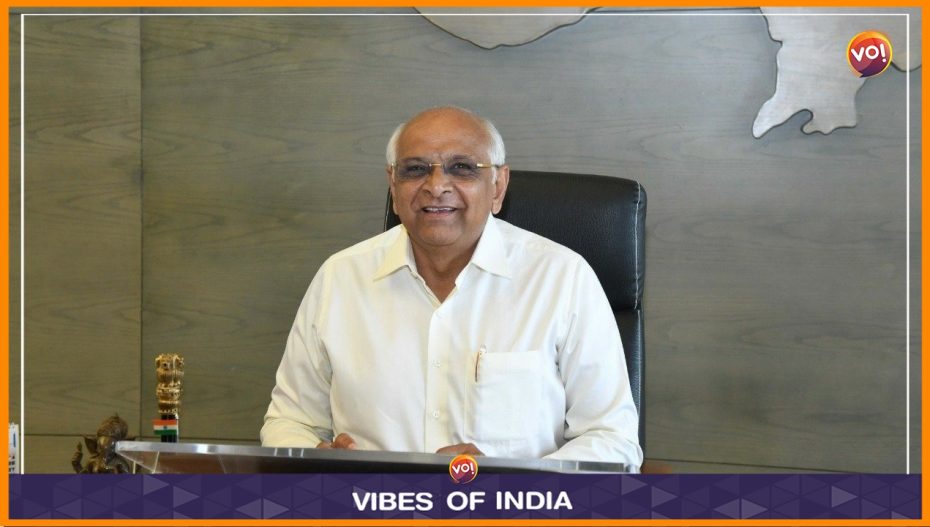After two years at the helm, Gujarat Chief Minister Bhupendra Patel is gradually finding his feet in the corridors of power. Almost an unknown face till 2021, Patel, a builder by profession, was former CM Anandiben Patel’s campaign manager in Ghatlodia seat, which he contested in 2017 after she vacated it. Now a first-time MLA, Patel could never have imagined he would be assigned to lead the state so soon. The ruling BJP removed former chief minister Vijay Rupani and his ministers overnight and placed Patel on the chair.
Patel has gradually made his way through the quagmire of the political conundrum and come to be recognised as a no-nonsense CM, who is approachable, amicable and a doer.
With assembly elections due in 15 months, he had to anchor a government weighed down by anti-incumbency from being in power for three decades. The December 2022 elections were fought on his name and face, and he delivered a whopping 156 of 182 assembly seats in the BJP’s kitty.
However, one big step in Patel’s tenure in office has been a relatively nondescript announcement of two advisors to the CM—Hasmukh Adhia and SS Rathore. Adhia, an expert on finance and education and Rathore on water resources and infrastructure have been two strong pillars of Patel’s governance. Along with the 10th extension given to K Kailashnathan, chief principal secretary in the chief minister’s office (CMO), Patel was armed with veterans of the Modi era for efficient administration.
A trusted general of PM Modi, Patel has been lauded for his excellent management of the ‘extremely severe cyclonic storm’ Biparjoy in June. The planning and evacuation efforts were exemplary that saved thousands of lives.
The other achievements of Patel include, the revision of the Jantri rates (circle rates) in February, which were doubled with immediate effect. The revision had taken place after 12 years. Despite a strong industry pushback, the government pushed through the bold decision, which earned him grudging praise in due course. Developments in Modi’s pet project GIFT City are another high point in Gujarat. For the second year in a row, no new taxes were levied in the state budget in March while he continues to swear by the target of achieving a $1 trillion economy for the state in five years—promised in the BJP’s 2022 election manifesto.
Setting the home in order, early on in the second term, the physical presence of ministers was made compulsory for five working days of the week. Earlier, ministers would be available in the state capital for the first two days of the week, and on Wednesdays, after the cabinet meeting, they would invariably proceed to their constituency for the rest of the week. Patel made it mandatory for ministers to be available to meet the public in their office all five days of the week, which has helped improve the perception of the government. He himself scaled up his mass outreach programmes for better people connect.
Though his graph is rising today, Patel’s ascension was not a cake walk. The biggest challenge he had to face was factionalism within the party’s state unit. He being an Anandiben loyalist, had to face opposition and interference by the Amit Shah faction.
Besides, it was known that state BJP president C.R. Paatil was eyeing the top post that Patel got. In the first term, reports of Paatil interfering with the government were commonplace—another challenge Patel had to reckon with.
Wading through a plethora of impediments, Bhupendra Patel has stood tall as an apt leader manning the state. He has preferred to keep low profile and direct his focus on good work. Echoing the same, the celebration of his two years in office was muted and lowkey.
Also Read: Supreme Court To Take Up Gujarat ‘Fake Encounter’ Probe Pleas Next Week













